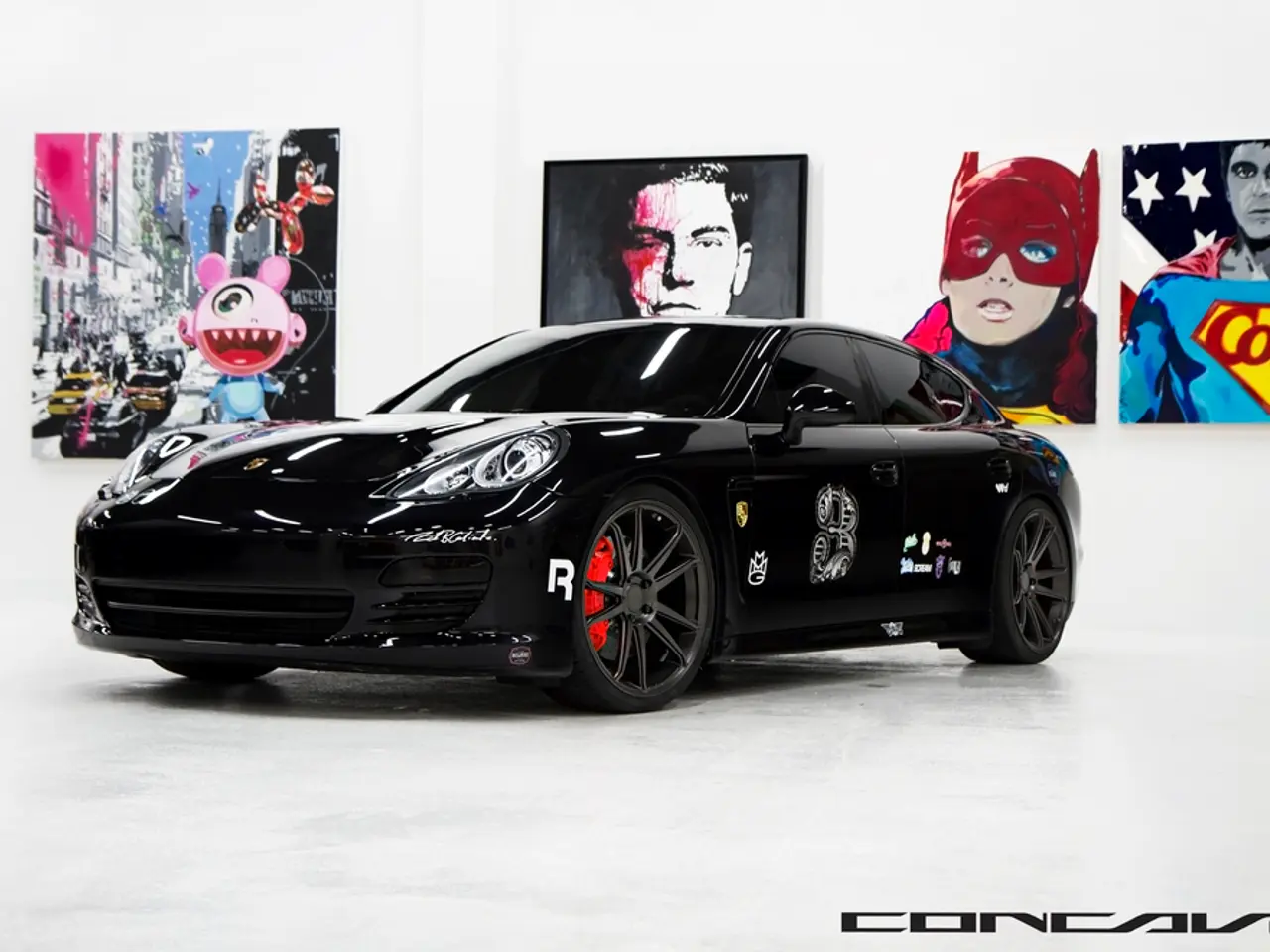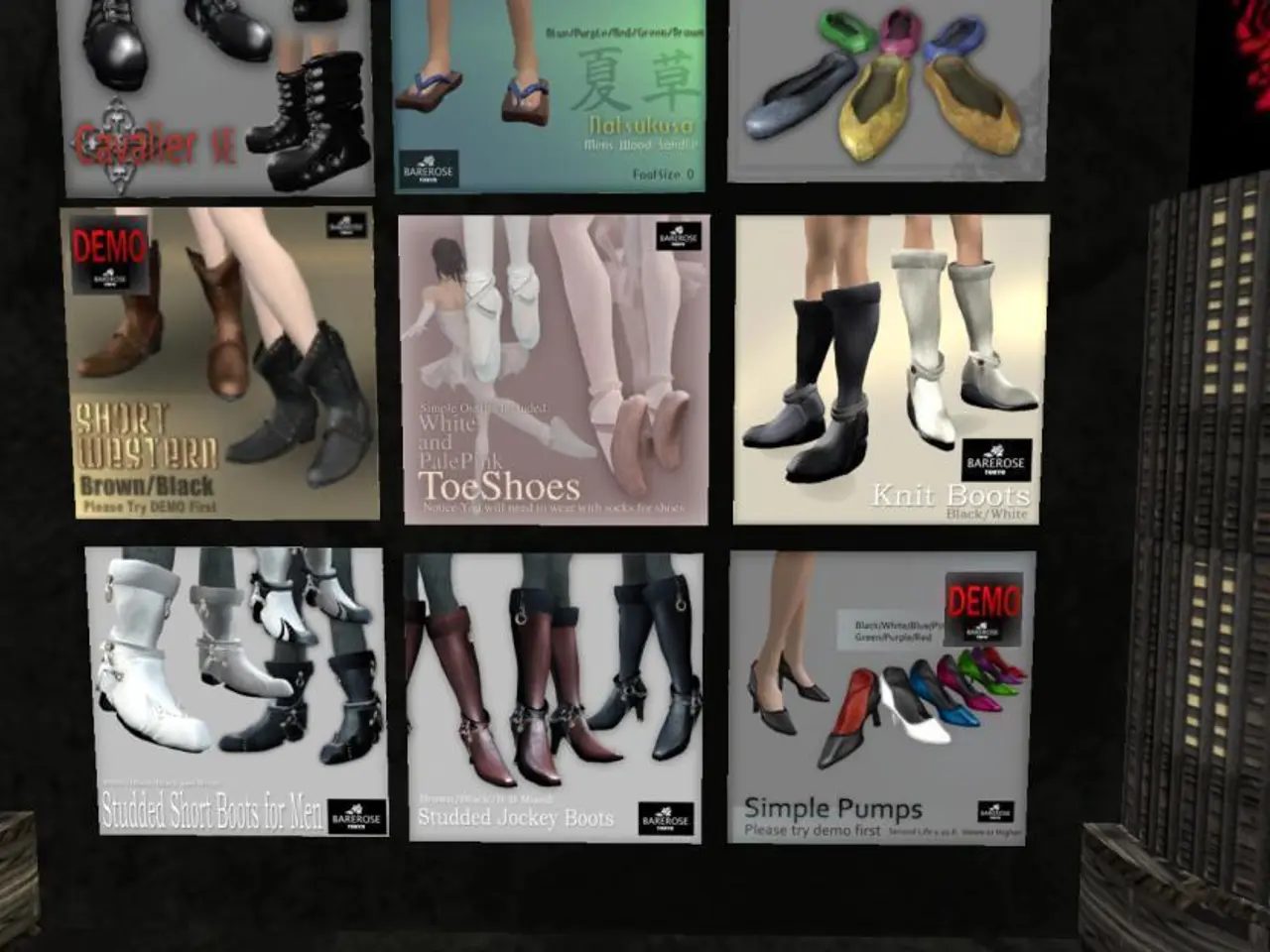Top-Selling Vehicles in Australia for the Year 2025: Cars, Pick-ups, and SUVs
In the first half of 2025, the Australian automotive market has recorded stronger-than-expected sales, with 624,130 units sold, a 1.4% decrease compared to H1 2024 [1]. The market remains dominated by utes and SUVs, with over 75% of new car sales in these segments [3].
The Ford Ranger continues to reign supreme as the top-selling new car in Australia, with 28,311 sales in H1 2025 [4]. The Toyota Hilux follows closely in second place, with 25,979 units sold [4]. The Toyota RAV4, the dominant player in the medium SUV segment, comes in third, selling twice as many as its nearest competitors in H1 2025 [1].
The Toyota Prado has shown phenomenal growth in the large SUV segment, with a 345.5% increase in sales in H1 2025 [2]. This significant surge has propelled the Prado to fourth place in the overall top models ranking [1].
Other strong performers include the Isuzu D-Max, Ford Everest, Mazda CX-5, and Hyundai Kona. The Kona is the top-selling small SUV in Australia in H1 2025, with 11,241 sales and a 25.6% increase compared to the same period in 2024 [1].
In terms of electric vehicles (EVs), Tesla’s Model Y was the best-selling EV with 10,431 units sold in H1 2025 [2]. BYD models such as the BYD Sealion 7 and BYD Atto 3 have also made a strong impact, reflecting BYD's growing presence in the SUV and ute segments in Australia [2]. The Tesla Model Y finished just outside the top 10 best-selling new cars in Australia for H1 2025, while the BYD Sealion 7 and BYD Atto 3 made it to the top electric models ranking [1][2][3].
The Chinese brands GWM, BYD, and MG are expanding in the Australian market, with three Chinese brands now among the top 10 car brands [1]. BYD is making significant inroads, showing triple-digit growth in H1 2025 and surpassing its 2024 annual sales [2]. The BYD Sealion 7 and BYD Atto 3 are among the top-selling EVs in Australia for H1 2025 [2].
The MG brand, however, has seen a 11.9% decrease in sales in H1 2025 compared to the same period in 2024 [2]. The BMW iX1 and iX2 are the top-selling EVs for prestige car market leader BMW, accounting for 22.5% of its overall sales in H1 2025 [1].
Toyota remains the leading car brand in Australia, with 120,978 sales and a 19.9% market share [1]. Hybrid car sales in Australia have increased by 14.9% in the first half of 2025, representing 19.6% of total industry sales [1].
[1] FCAI Vehicle Sales Report, H1 2025 [2] AECC Global Market Analysis, H1 2025 [3] AMI Report, H1 2025 [4] GoAuto Sales Report, H1 2025
- The manufacturing industry in Australia, particularly the automotive sector, has observed robust growth in the first half of 2025, with the Ford Ranger leading the finance sector's investments.
- The thriving automotive market in Australia, influenced by consumer preferences for utility vehicles and sports utility vehicles, has resulted in a decline in general-news coverage of other industries such as food-and-drink or technology.
- The rise of electric vehicles (EVs) in the Australian market is noteworthy, with Tesla's Model Y and BYD's Sealion 7 and Atto 3 demonstrating strong sales in the energy sector, contributing to the country's renewable energy goals.
- The transportation sector in Australia has seen a surge in demand for electric vehicles and EVs from Chinese brands like GWM, BYD, and MG, disrupting the traditional automotive market dominated by brands like Toyota and Ford.
- The lifestyle choices of Australians have been influenced by the growth of the home-and-garden industry, with an increased focus on home environments leading to a corresponding decline in spending on entertainment and shopping.
- The education-and-self-development industry in Australia has benefited from the growing awareness of hybrid cars, as more individuals seek knowledge about energy-efficient vehicle options.
- The sports industry in Australia has been impacted by the increased sales of hybrid cars, as athletes look for eco-friendly transportation options aligning with their commitment to wellness and sustainability.




